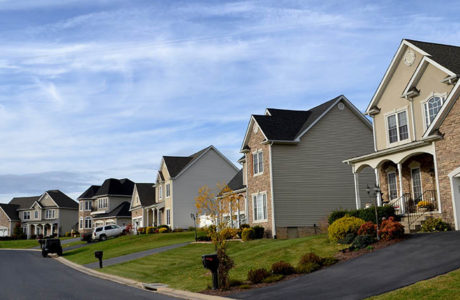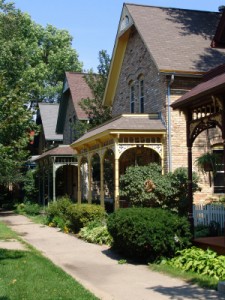As demand soars, many home buyers have been hoping for changes in the U.S. housing market that would make buying more affordable. Those buyers frustrated by losing out on bidding wars will be glad to hear the real estate market may be shifting to what many experts would call “normal.” Moreover, the homes listed at the higher end of the market are seeing even more significant price cuts.
According to a Forbes article by Zillow Chief Economist Svenja Gudell, the share of pricier homes available for sale at a discount from their original list price is growing, even as sellers of less-expensive homes seem somewhat less willing to consider a price cut.
Gudell says that in June, 14.2 percent of all U.S. homes listed for sale on Zillow had at least one price cut, up slightly from 13.4 percent in June 2017, but more or less within the roughly 12 to 14 percent range in which the data have hovered since mid-2013. “Still, price cuts could be increasingly more common in coming months if more recent trends continue to hold,” she says. “Since the beginning of the year, the share of listings nationwide with a price cut increased 1.2 percentage points, the greatest January-to-June increase ever reported, and more than double the January-to-June increase last year.”
And as home value growth begins to slow in some larger markets, the local price cut phenomenon is more pronounced. In two-thirds of the nation’s 35 largest housing markets, the overall share of listings with at least one price cut has risen over the past year.
“In San Diego, 20 percent of all listings had a price cut in June 2018, up from 12 percent a year ago. In Seattle, 12 percent of all listings had a price cut in June, the greatest share since October 2014. Portland, Sacramento, Calif. and Riverside, Calif., were also among the markets that experienced an increase in the share of listings with a price cut in June compared to a year ago,” says Gudell.
It seems higher priced home markets tend to lead the way for other markets to follow, she says. “Since the beginning of the year, the share of higher-priced listings with a price cut – those priced in the top one-third of all homes listed for sale – rose 0.9 percentage points, to 16.2 percent. Over the same time, the share of lower-priced listings with a price cut (those priced in the bottom one-third of all homes) fell 0.1 percentage points, to 11.2 percent.”
Gudell also reports that higher-priced listings have seen a disproportionately large increase in price cuts in 23 of the 35 largest metros analyzed by Zillow since the beginning of the year. “Markets with the largest disparities between shares of listings in the top tier versus the bottom tier with a price cut in June included Dallas (21.9 percent in the top tier, 8.7 percent in the bottom tier, a 13.2 percentage point difference), Orlando (12.5 percentage points) and Houston (12.2 percentage points). Las Vegas, San Antonio, Charlotte, Phoenix and Columbus all had at least a 10 percentage point differential between the share of top-tier listings with a price cut and the share of bottom-tier listings with a price cut.”
Within the nation’s most affordable housing markets, there are fewer listings with price cuts — places like San Antonio, Phoenix, Philadelphia and Houston reported a smaller percentage of listings with a price cut in June than a year ago. In San Antonio, where the median home value is $185,000, 17.8 percent of all listings had a price cut in June, down from about 20 percent of listings a year ago, according to the article.
It may be too soon to begin calling it a buyer’s market, but this may very well be the tip of the iceberg in the sea of change that constantly defines the industry.






















































Comments are closed.